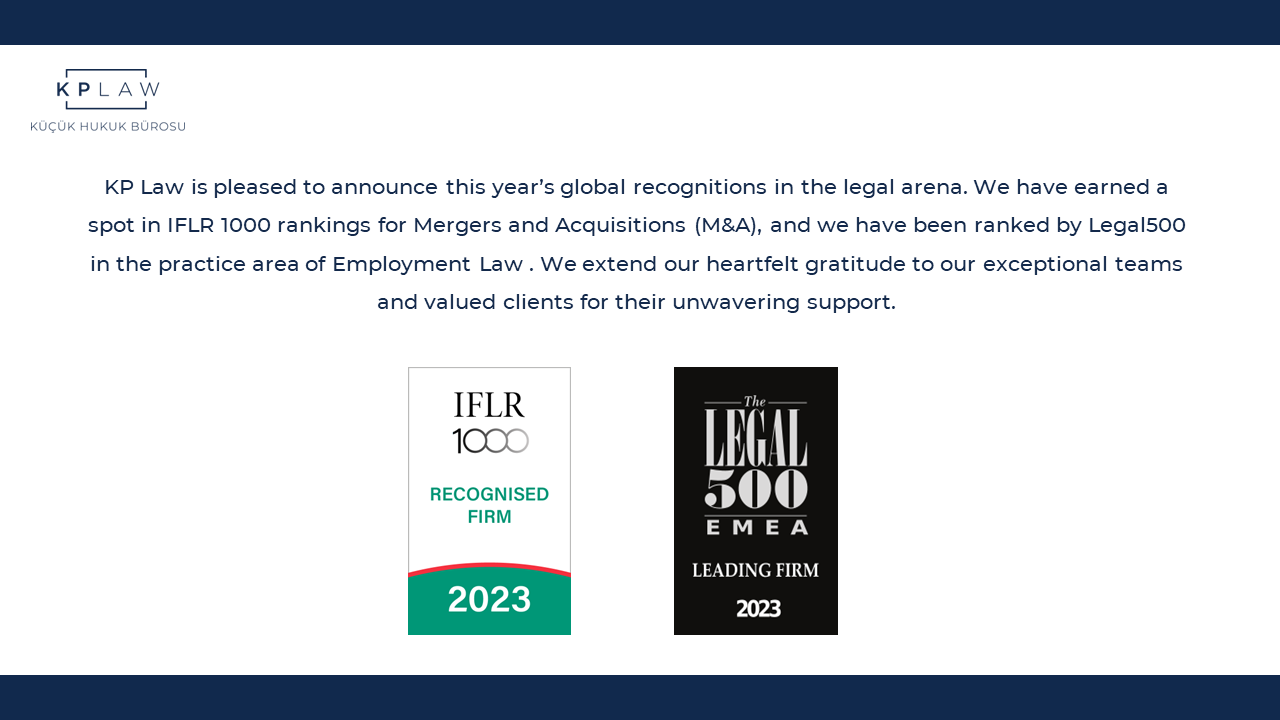News & Insights
The Nft Phenomenon and Recent Legal Developments In Crypto
In March 2021, a digital artwork called “Everydays: The First 5000 Days” was sold by Christies, a British auction house, for $69 million.
In March 2021, a digital artwork called “Everydays: The First 5000 Days” was sold by Christies, a British auction house, for $69 million. In other words: Someone paid almost $70 million for a picture on the Internet. Shortly after this sale, cryptographic tokens known as “Non-Fungible Tokens” (“NFT”) with a blockchain technology infrastructure quickly became a part of the mainstream in the art and technology world. Hundreds of millions of dollars of NFT sales now occur each week through public marketplaces like Foundation, OpenSea, and Nifty Gateway.
An NFT could be defined as the virtual equivalent of a work of art, such as paintings, music, video and photography, that would take place in a physical environment but is instead produced in the digital environment in a way that cannot be duplicated with the infrastructure of blockchain technology. The reason why NFTs are considered different from other crypto assets is that an NFT does not have a duplicate. So, an NFT is unique and singular. In the past, there was no way to distinguish the real owner of a digital artwork other than from someone just saving a copy of that digital artwork on their desktop. Now it is possible to determine and distinguish the owner of that specific piece of digital artwork. We can say that this feature of NFTs has fundamentally changed the digital asset market. Before someone buys a certain commodity, it must be clear who has the right to sell it, and when someone does buy it, you must be able to transfer ownership from the seller to the buyer. Otherwise, markets cannot function properly. NFTs solve this problem by issuing a “certificate” to the parties that represent ownership. It is possible at any time to prove who owns a particular NFT and to trace the history of previous ownership. Thus, new markets are now formed around an innovative type of transaction by actually buying and selling products that could not have been sold before.
In fact, any object/entity can be an NFT, although in the mainstream NFTs are more associated with intellectual and artistic work. For example, a “tweet” can be brought into NFT form with blockchain technology. The main thing here is to protect the uniqueness of that crypto asset and to not be able to duplicate them.
An NFT can be based on any asset and only one person or organization can own it at a time. In this context, exchanging two NFTs is like exchanging two unique works of art; they are not interchangeable, and their exchange constitutes a substantial change in the ownership of both owners.
After the creation of an NFT, the process called “minting” begins. Minting is the process of creating or producing something. In blockchain, minting means verifying information, creating a new block, and saving that information to the blockchain. For example, someone might “mint” a cryptocurrency or an NFT. However, an NFT must be based upon a smart contract. A smart contract is a digital contract between two or more parties. Smart contracts are managed by codes, unlike traditional contracts managed by humans! That is, a smart contract (like a software program) only works when certain conditions are met. By using a smart contract, which is a piece of software saved on the blockchain, it is ensured that the NFT is not copied or split. Issues such as the transfer of NFTs and verification of ownership are also supported by smart contracts. As a result, the NFT remains one of a kind, and so does the corresponding asset or right.
What's on the Horizon for NFTs in 2022?
NFT’s in 2022 are no longer just a kind of digital “deed”. Because blockchains are programmable, it is also possible to give NFTs features that allow them to expand their purpose over time and even directly benefit their owners. For this reason, something can be done with NFTs both in the digital space and in the physical world. Recently, new organizations developed entirely within the NFT space, active ecosystems are being created around NFT-specific products. These ecosystems begin with an NFT series and then move towards a path that will give NFT owners access to an expanding array of products, activities and experiences.
One of the most popular examples is the Bored Ape Yacht Club. This NFT series consists of a series of NFT monkey images that provide membership in an online community. After the project started with a series of private chat rooms and a graffiti board, it has grown to include high-end products, social events and even an actual yacht party.
It appears that NFTs will now function like membership cards or tickets, as well as digital keys to access events, specials, and special discounts, and to online spaces where owners can interact with each other. All of this will provide NFT owners with more than a simple “property right” and give content creators a space to build a highly engaged community around their brand. So, what will be the reflections of all this in the legal world?
Crypto Law and NFTs
The increasing popularity of cryptocurrencies, tokens, smart contracts and NFTs in recent years has prompted governments and international institutions to work more intensely on the regulatory agenda. Regulatory approaches by governments to cryptocurrencies around the world vary considerably. At one extreme, El Salvador passes a law to declare Bitcoin legal tender, while at the other extreme, China, the country with the highest number of Bitcoin miners, bans mining altogether. Algeria, Bangladesh, Egypt, Iraq, Morocco, Nepal, Qatar and Tunisia are also among the countries that have completely banned crypto assets.
European Union legislators are preparing to introduce regulation with the Markets in Crypto Assets (“MiCA”) Regulation, which will also affect NFTs. Introduced by the European commission in September 2020, MiCA is seen as part of a major Digital Finance strategy aimed at adapting Europe to the digital age. MiCA, which is expected to go into effect in 2024, aims to protect users and investors, while also facilitating distributed ledger technology (“DLT”) and virtual asset issuance.
The proposed legislation establishes comprehensive and detailed rules on the issuance of crypto assets and the provision of related services. When it comes to the issuance of crypto assets, the proposed regulation sets forth reporting obligations, reporting, and publishing obligations similar to those imposed on issuers of cryptocurrencies. In other words, it is obligatory to publish a “Whitepaper” in accordance with the disclosure and transparency standards specified in the proposed legislation. There is also an obligation to register the Whitepaper prepared by crypto asset issuers with regulatory authorities across the EU.
According to the current draft of the MiCA, it has been determined for now that NFT issuers, unlike crypto-asset issuers, will be excluded from the licensing obligation and will likely be exempted from the requirement to prepare and publish the Whitepaper at the time of the Initial Coin Offering (“ICO”).
1.White paper; It is a technical document that includes the main lines of the problem that the project aims to solve, the solution method of this problem, the products to be used, the architecture and the details of the interaction with the users.
2. An ICO (Initial Coin Offering) is a fundraising mechanism where new projects sell their underlying cryptocurrencies for bitcoin and ether. In one respect, it is similar to the IPO (Initial Public Offering), where investors buy shares of the company.
However, even if the Regulation brings some exemptions for the time being, it seems that NFT institutions might have some additional regulatory obligations in addition to establishing legal entities in the future.
In short, just as Europe’s Financial Instruments Directive (“Markets in Financial Instruments Directive” or “MiFID”) provides a legal framework for securities markets, investment intermediaries and trading venues, it is among the expectations that MiCA similarly creates a legal basis for crypto assets.
In Turkey, with the Regulation on the Non-Use of Crypto Assets in Payments published in the Official Gazette on April 16, 2021, “Crypto Assets” were defined for the first time and recognized in the legal world. According to the current developments in the last days of 2021, the Turkish Grand National Assembly is expected to implement a “Crypto Asset Law”. You can access our detailed article on the subject matter from this link. In the coming days, it will also be clear whether a legal basis for NFTs, namely cryptographic tokens, will emerge with the details of this draft law.
Meanwhile, the President of the United States, Joe Biden, is expected to issue an executive order on cryptocurrency policy this week. The decision will reportedly commission a study into the Central Bank Digital Currency (“CBDC” or “digital dollar”) that the US is currently working on. In this context, Biden is expected to appoint several agencies to produce reports on cryptocurrency-related risks, such as the financial stability of digital assets, environmental impact analysis and payment system barriers. However, the relevant institutions will explore not only Bitcoin, but also Stablecoins and NFTs.
The world of digital assets has already become too big to fail, so governments and lawmakers need to curb the crypto ecosystem before it spirals out of control. Each country has been taking its own measures. While it may seem early to speak of laws that directly regulate NFTs, we are not far from talking about such specific regulatory developments in the next few years.

